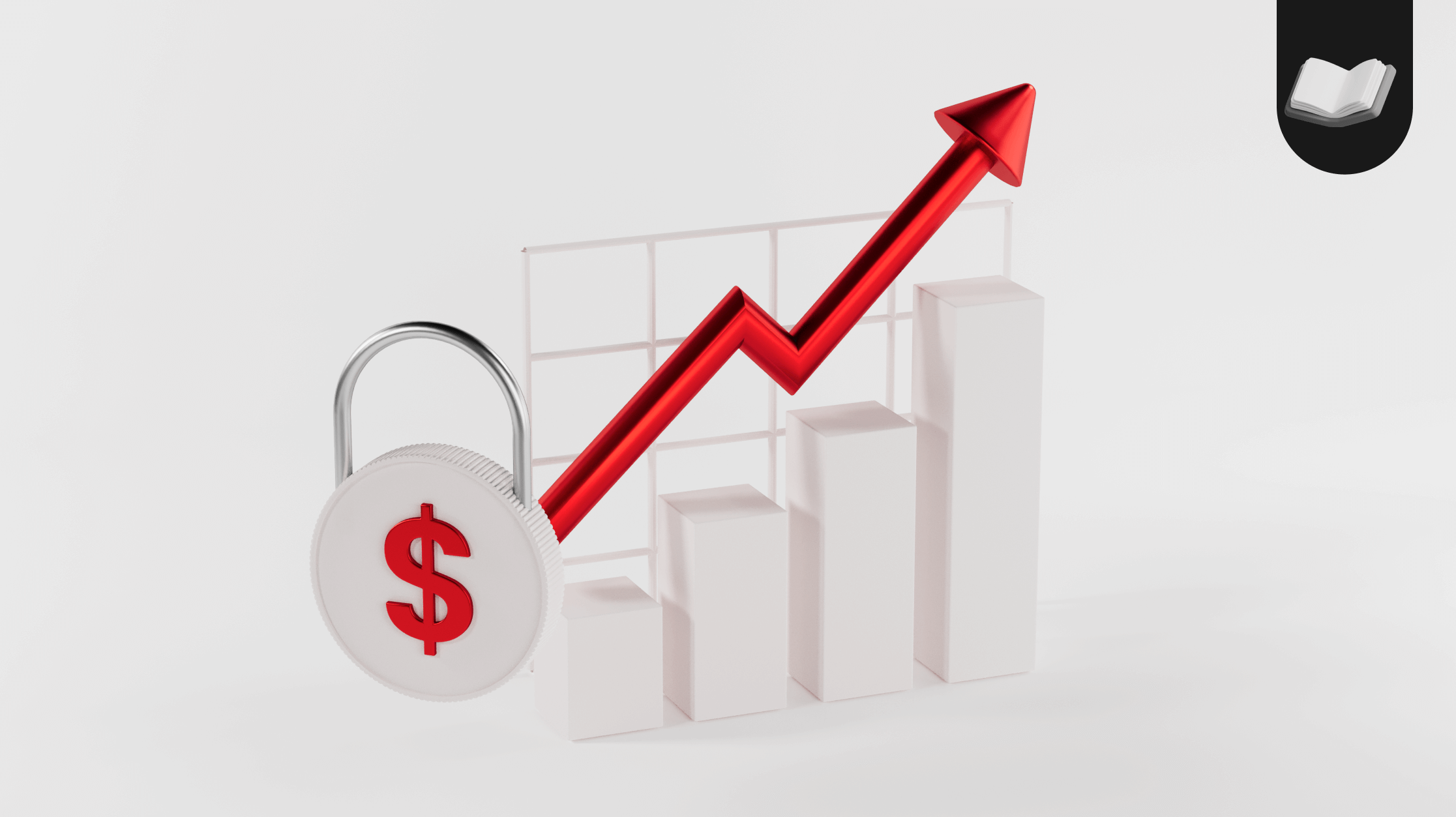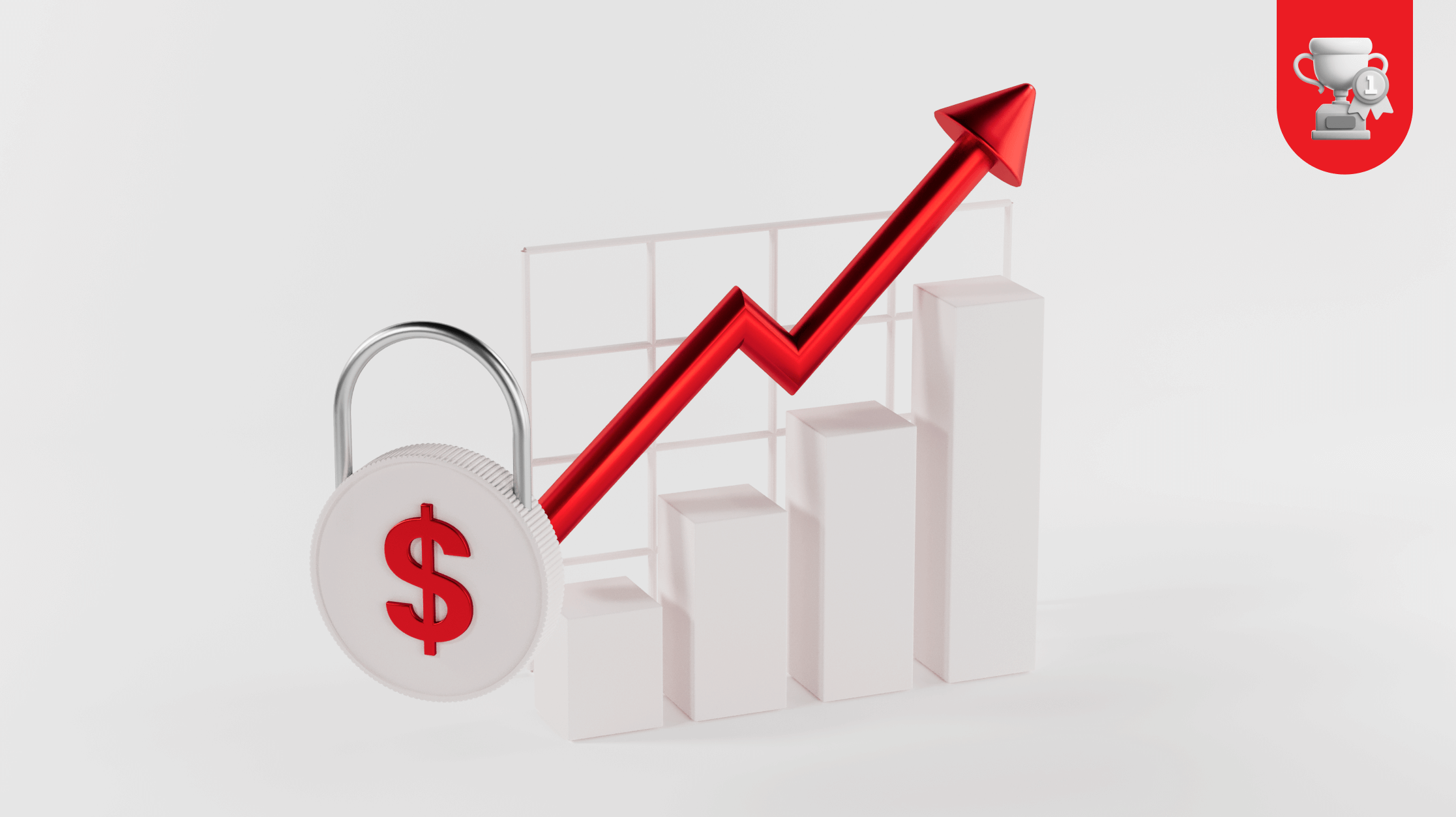Understanding Stock Indices Trading: A Beginner's Guide

Stock indices are the heartbeat of the global financial markets. They don’t represent just one company, they reflect the performance of an entire sector, economy, or region.
From Wall Street to Tokyo, indices are how traders track momentum, sentiment, and opportunity.
If you’re curious about stock index trading or just stepping into the world of financial markets, this guide will walk you through the foundations clearly and practically. By the end, you’ll understand what indices are, how they move, and how you can trade them with confidence.
Table of Contents
What is Stock Indices Trading?
Why Trade Stock Indices?
What Moves Stock Indices?
Most Popular Indices to Trade
How to Trade Stock Indices
Key Terms in Indices Trading
Best Times to Trade Indices
Technical vs. Fundamental Analysis
Getting Started with Indices
Common Mistakes to Avoid
Key Takeaways
What is Stock Indices Trading?
Stock index trading involves speculating on the price movement of a group of stocks bundled into a single, tradable entity called an index. Common examples include the S&P 500 (U.S.), DAX 40 (Germany), FTSE 100 (UK), and Nikkei 225 (Japan).
Instead of trading a single stock, you’re trading the collective performance of dozens or even hundreds of them. This makes index trading a powerful way to capture broader market trends without needing to analyze each individual company.
At brokers like D Prime, indices are typically offered through CFDs (Contracts for Difference) and Futures CFDs, giving you flexible, cost-effective access to global equity markets.
Before exploring how indices move, let’s understand why this asset class is popular among traders.
Why Trade Stock Indices?
Stock indices give you a front-row seat to the broader market without the hassle of tracking individual stocks. This section explains the 5 reasons why traders gravitate toward indices for exposure, simplicity, and strategic advantage.
Broad Exposure: One position gives you exposure to a whole basket of stocks.
Volatility & Liquidity: Major indices are highly liquid and move sharply during news and earnings seasons.
Diversification: They reduce company-specific risk while offering strategic entry to economic cycles.
24/5 Access: Most indices trade nearly around the clock via futures and CFDs.
Bearish & Bullish Opportunities: You can trade rising and falling markets.
Whether you're targeting short-term volatility or long-term macro themes, indices provide the perfect blend of movement and structure.
Behind every move in an index is a deeper story. In the next section, we’ll break down the key drivers that push prices up or down.
How are Stock Indices Priced?
Stock indices don’t move randomly. Their direction is influenced by macroeconomic forces, earnings seasons, and even global events.
Understanding what moves index prices is crucial for smart trading. Here are some of the key drivers:
Constituent Stock Performance: Since indices are weighted by companies (often by market cap), big moves in major names affect the index.
Economic Data: Unemployment, inflation, GDP, and PMI reports shape sentiment quickly.
Central Bank Policy: Rate hikes, stimulus plans, and monetary tightening heavily influence equity markets.
Geopolitical Events: Elections, wars, trade tensions—these trigger sharp index reactions.
Earnings Season: Quarterly reports from heavyweight companies often sway the whole index.
Each index has its own character, and learning their quirks is part of building your trading edge.
What are the Most Popular Stock Indices?
Each major index represents a different region, sector, or economic theme. In this section, we’ll introduce the most traded global indices and what makes them essential for traders.
Index | Region | Key Companies Included | Volatility |
S&P 500 | USA | Apple, Microsoft, Amazon | Medium |
Nasdaq 100 | USA | Tech-heavy: Meta, Nvidia, Tesla | High |
Dow Jones 30 | USA | Blue-chip giants: Boeing, Goldman Sachs | Medium |
DAX 40 | Germany | Siemens, SAP, BMW | Medium |
FTSE 100 | UK | BP, HSBC, Unilever | Low-Medium |
Nikkei 225 | Japan | Toyota, Sony, Softbank | Medium |
Each index reflects its local economy and dominant sectors. Tech drives the Nasdaq, while financials and industrials play a bigger role in the Dow.
With the background in place, let’s shift to execution. Here's how you can trade indices using modern tools and platforms.
How to Trade Stock Indices
Trading indices is about anticipating macro shifts, economic releases, or sentiment changes. Here’s a simple trading example:
You expect the Federal Reserve to pause rate hikes. You go long on S&P 500. The index climbs from 4,500 to 4,600. You close the trade and earn the difference (minus costs).
Like precious metals, you can also short indices. If you believe the market will fall, trading index CFDs allows you to profit from the decline.
Every market has its own language. To trade indices confidently, you’ll need to speak it fluently.
Key Index Trading Terms
Before placing your first index trade, you need to understand the terminology. This section gives you a crash course in key concepts like leverage, spreads, and pip value.
Point: A single price movement of an index (e.g., S&P 500 moving from 4,500 to 4,501 = 1 point).
Spread: The difference between the bid and ask price.
Lot Size: Defines your position size in contracts or units.
Margin: Required capital to open a leveraged position.
Leverage: A mechanism with the potential to amplify both profits and losses. Prudent use is recommended.
Having these terms locked in will help you navigate platforms and manage your positions more effectively.
Timing matters, especially in global index trading. Let’s look at when markets are most active and why that matters.
When to Trade Stock Indices
Timing is everything in index trading. While markets operate nearly 24/5, some hours bring the most volume:
U.S. Session (New York Open): Most active period for Nasdaq, S&P 500, and Dow.
European Session (London Open): Key for DAX and FTSE 100.
Asia Session (Tokyo Open): Focused movement in Nikkei and Hang Seng.
Peak volatility often occurs during U.S. data releases or overlapping sessions. That’s when big moves and breakouts are most likely.
Next up: Fundamental vs. technical analysis. What’s the difference, and which is more useful?
Index Analysis: Fundamentals vs. Technicals
Good traders don’t rely on guesswork. They analyze.
Fundamental Analysis: Focuses on macroeconomics, central bank policy, corporate earnings, and sector performance.
Technical Analysis: Examines charts, support and resistance, moving averages, RSI, and Fibonacci levels.
Great traders combine both. They follow the macro theme but use price action to time their trades.
"If you personalize losses, you can’t trade." — Bruce Kovner
Getting Started with Index Trading
If you’re ready to trade stock indices, start by building a process. Here are the first six steps:
Pick Your Broker – Choose a platform like D Prime that offers low spreads and deep index liquidity.
Try a Demo Account – Practice without risk and explore market behavior.
Follow the News – Use a reliable calendar for economic events.
Analyze the Charts – Mark support/resistance, use indicators, and study trends.
Start Small – Begin with modest position sizes.
Review D Prime’s Market Analysis – Stay current with professional forecasts and ideas.
Preparation beats prediction. Make it a habit.
However, even experienced traders can slip up when trading indices. Let’s flag the most common pitfalls and how to steer clear.
Common Mistakes to Avoid
Avoiding common errors early on can save you money and stress. This section highlights rookie mistakes in index trading and how to steer clear of them.
Overtrading: You don’t need to catch every move. Wait for setups.
Ignoring News: Economic shocks move markets fast. Stay informed.
High Leverage: Big positions cut both ways. Manage risk.
No Exit Plan: Always know where you’ll cut losses or take profits.
Great traders play defense just as much as offense.
Key Takeaways
Stock index trading may offer optimal opportunities. It’s fast, dynamic, and rich in potential if approached with a plan.
Master the basics, follow the news, and trade with discipline. With the right mindset and strategy, indices can become a core part of your trading career.
Ready to take it to the next level? Our intermediate guide breaks down how to read index momentum, spot high-probability patterns, and trade with strategic precision.
"Trade what's happening, not what you think is gonna happen."
— Doug Gregory
Disclaimer
This information contained in this blog is for general reference only and is not intended as investment advice, a recommendation, an offer, or an invitation to buy or sell any financial instruments. It does not consider any specific recipient’s investment objectives or financial situation. Past performance references are not reliable indicators of future performance. D Prime and its affiliates make no representations or warranties about the accuracy or completeness of the information provided and accept no liability for any losses or damages resulting from its use or from any investments made based on it.
Do not rely on the above content to replace your independent judgment. You should consider the appropriateness of this information concerning your personal circumstances before making any investment decisions. The market is risky, and investments should be made with caution.

